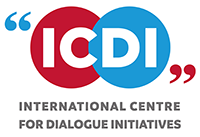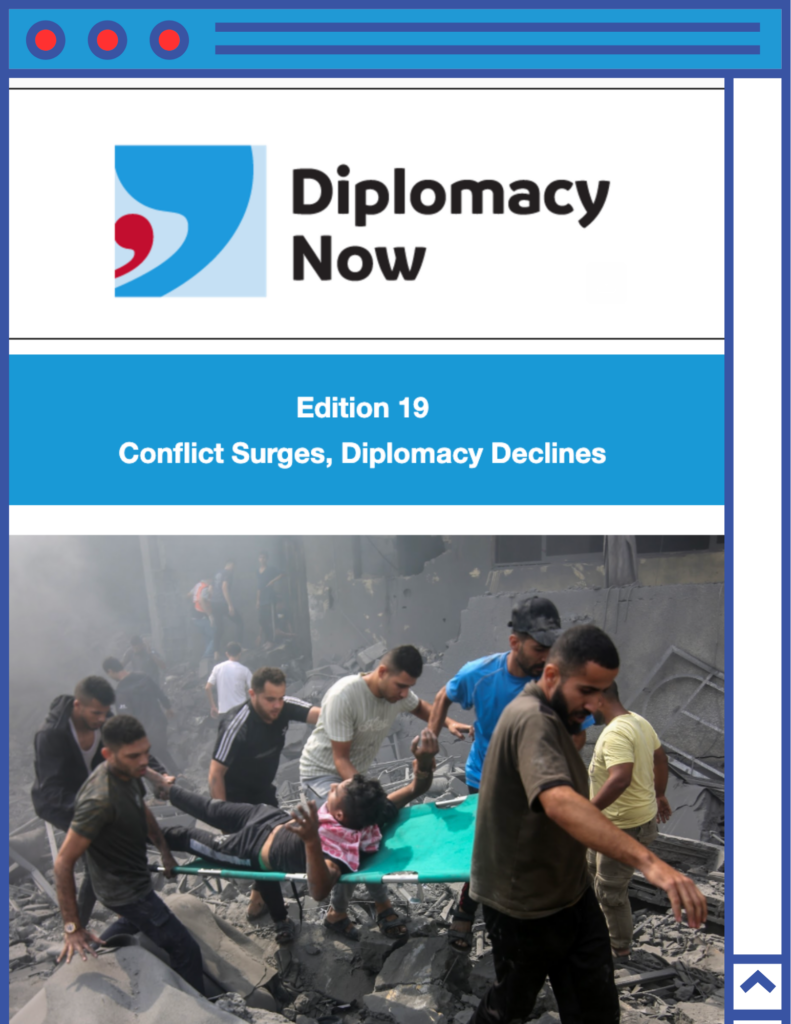Future United Nations’ strategies must come up with implementable ideas in six core areas: (i) issues affecting human survival; (ii) new threats and challenges to humanity; (iii) issues of governance — including national governance based on the will of the people and the rule of law — nationally and internationally; (iv) implementation of the Sustainable Development Goals (SDGs), including financing for development; (v) implementation of universal human rights norms; and (vi) issues of international peace and security.
Does the Pact for the Future contain actionable ideas in these six areas, or simply put forth platitudes? Will the Pact help the UN regain the ground and credibility it has lost in the face of its failure to act to prevent the eruption of conflict in Ukraine, Gaza and Sudan? Let us look more closely at the draft that states are yet to adopt.
The promises
On human survival
On issues affecting human survival, the Pact promises to protect everyone on earth through universal coverage of early warning systems by 2027, including through the accelerated implementation of the Early Warnings for All Initiative. It promises to address challenges posed to international peace and security by adverse climate and environmental impacts.
On new threats and challenges to humanity, the Pact recognizes that climate change, biodiversity loss, desertification, sand and dust storms, and pollution pose immense risks to the natural environment and to prospects for development. It touches on developments in science and technology, including the potentials and dangers of Artificial Intelligence, and promises future deliberations in these areas.
The Pact commits to strengthening international response to complex global shocks. It requests the Secretary-General to develop, in consultation with Member States, protocols “for convening and operationalizing emergency platforms based on flexible approaches to respond to a range of different complex global shocks, including criteria for triggering and phasing out emergency platforms, ensuring that emergency platforms are convened for a finite period and will not be a standing institution or entity.”
On emerging challenges
The Pact undertakes to strengthen partnerships to deliver on existing commitments and to address new and emerging challenges. It also undertakes to strengthen the governance of outer space and to foster its peaceful, safe, and sustainable uses for the benefit of all humanity.
The Pact promises to address, manage and promote the prevention of water scarcity and to build resilience to drought so as to achieve a world in which water is a sustainable resource, and ensure the availability and sustainable management of clean and safe water, hygiene and sanitation for all.
On issues of governance, the Pact does not address the fact that the overwhelming majority of UN Member States have autocratic governments that operate inefficiently, ineffectively, and corruptly, adding to misery and inequity inside their countries. In reality, it is the representatives of these very autocratic countries who have been negotiating the Pact.
On human rights and rule of law
When it comes to the related issue of the rule of law, there is acknowledgement of its importance, and a pledge of support for the international rule of law. But actionable ideas on how to strengthen international law are not mentioned in the Pact.
On development, the Pact reaffirms the SDGs, including SDG 16 on the need for peaceful, just and inclusive societies, and there are calls for additional financing for development. Eradicating poverty, in all its forms and dimensions, including extreme poverty, is declared an imperative for all humankind.
On the protection of human rights, there is a pledge to place them at the heart of actions to implement the Pact. The Pact reaffirms the Universal Declaration of Human Rights and declares: “… we will be unequivocal in what we stand for and uphold: freedom from fear and freedom from want for all without discrimination.” This, when the majority of Member States are autocracies. There is a call for proposals from the Secretary-General on how to increase funding for the UN Human Rights Office.
On issues of international peace and security, the Pact calls on Member States to build and sustain peace at the national level. It reaffirms a general commitment to preventive diplomacy, and it urges the Secretary-General to actively use his or her good offices, and also to bring to the attention of the Security Council any matter that may threaten the maintenance of international peace and security.
On the drivers of conflict
There is a pledge to comprehensively address underlying drivers and root causes of armed conflict, violence, and insecurity, and their consequences. Concern is expressed about the potential impact of the global increase in military expenditures.
The Pact calls for the adaptation of UN peace operations “to better respond to existing challenges and new realities”. It requests the Secretary-General to undertake a review on the future of all forms of United Nations’ peace operations and to provide “strategic and action-oriented recommendations” for the consideration of Member States on “how the United Nations’ toolbox can be adapted to meet evolving needs, to allow for more agile, tailored responses to existing, emerging and future challenges. This is pure verbiage.
The Pact “reaffirms the importance of enforcement action” authorized by the Security Council to maintain or restore international peace and security. It supports enhanced collaboration in peace enforcement between the United Nations and regional and subregional organizations, particularly the African Union.
The Pact promises to address the serious impact of threats to maritime security and safety; to pursue a future free from terrorism; to prevent and combat transnational organized crime and illicit financial flows; to achieve the goal of a world free of nuclear weapons; to uphold disarmament obligations and commitments; to address the potential risks, and seize the opportunities associated with, new and emerging technologies; to address the potential risks posed by the misuse of digital technologies, including information and communication technologies and artificial intelligence; to strengthen the Peacebuilding Commission; to strengthen the United Nations system; to strengthen the United Nations’ human rights pillar; to strengthen the governance of outer space to foster its peaceful, safe, and sustainable uses for the benefit of all humanity.
On protection of civilians in armed conflict
The Pact promises to protect all civilians in armed conflict and to ensure that people affected by humanitarian emergencies receive the support they need. It promises to accelerate the implementation of commitments on women and peace and security. It recognizes that the full, effective and meaningful participation of all young persons is critical to maintain and promote international peace and security.
The Pact requests the Secretary-General to update Member States on new and emerging technologies, including nanotechnology and human enhancement technology and their implications for international peace and security.
The Pact undertakes to revitalize the work of the General Assembly and to enhance ways in which the General Assembly can contribute to the maintenance of international peace and security and further strengthen its coordination with the Security Council, in particular by taking action, including preventive actions, to maintain international peace and security.
A recapitulation of major concerns for humanity with few actionable ideas
After the foregoing review of its key strategies, how is one to assess the Pact? It is useful as a recapitulation of the main concerns of humanity, but it has few actionable ideas. Instead, it has several calls for future discussion documents on various issues. On human survival and on new threats and challenges to humanity, the Pact’s main idea is early warning. On issues of governance, it calls for enhanced UN governance but avoids the issue of just national governance. On sustainable development, it mainly reaffirms the SDGs.
On human rights its only actionable idea involves providing more resources for the UN Human Rights Office. There is no mention of the need to prevent gross violations of human rights and to enhance national human rights protection systems.
On international peace and security there are mainly platitudes and no actionable ideas. It has no new ideas on how to strengthen preventive diplomacy and prevent conflicts from emerging to begin with.Finally, there is a vague, and possibly destabilizing call for the reform of UN peace operations, and it has a highly questionable endorsement of UN peace enforcement. Should the UN really be in the business of fighting wars? Something is seriously wrong here.
Dr Bertrand Ramcharan has served many roles at the United Nations. He was a former Chief Speech-Writer for the UN Secretary-General, Director in the UN Political Department; Director of the International Conference on the Former Yugoslavia; Deputy and then Acting UN High Commissioner for Human Rights; and Special Adviser to the UN Secretary-General on the peace process in Georgia. He is the author of Preventive Diplomacy at the UN and Contemporary Preventive Diplomacy.




